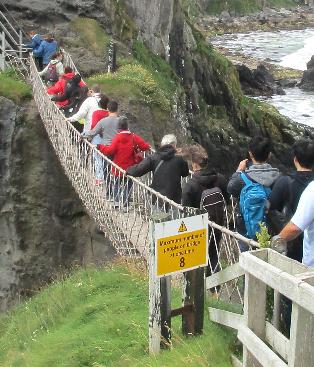
Where We Be
| You actually get your best view of the rope bridge after you've crossed both ways and take the route back towards the parking lot |
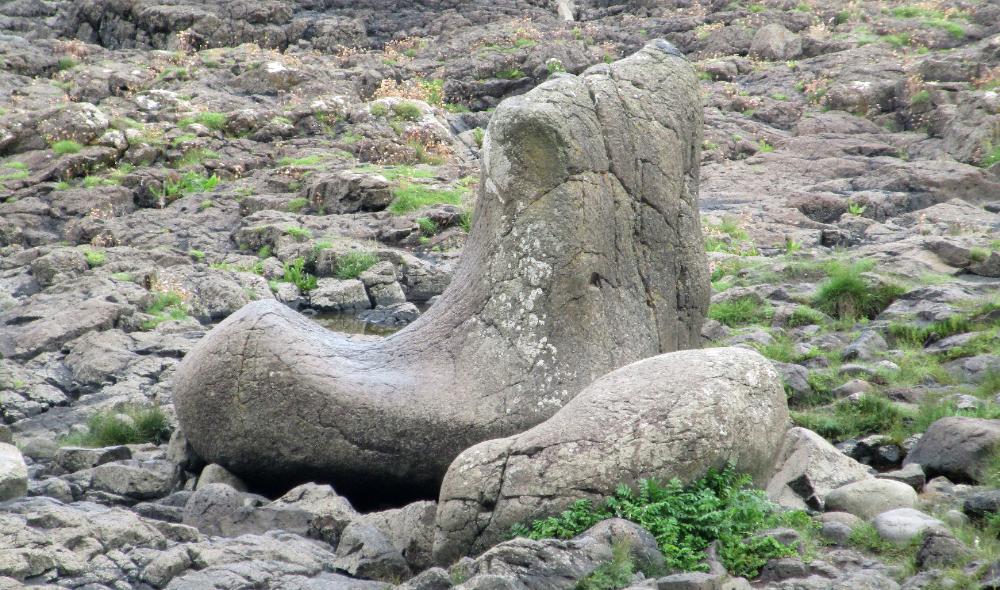
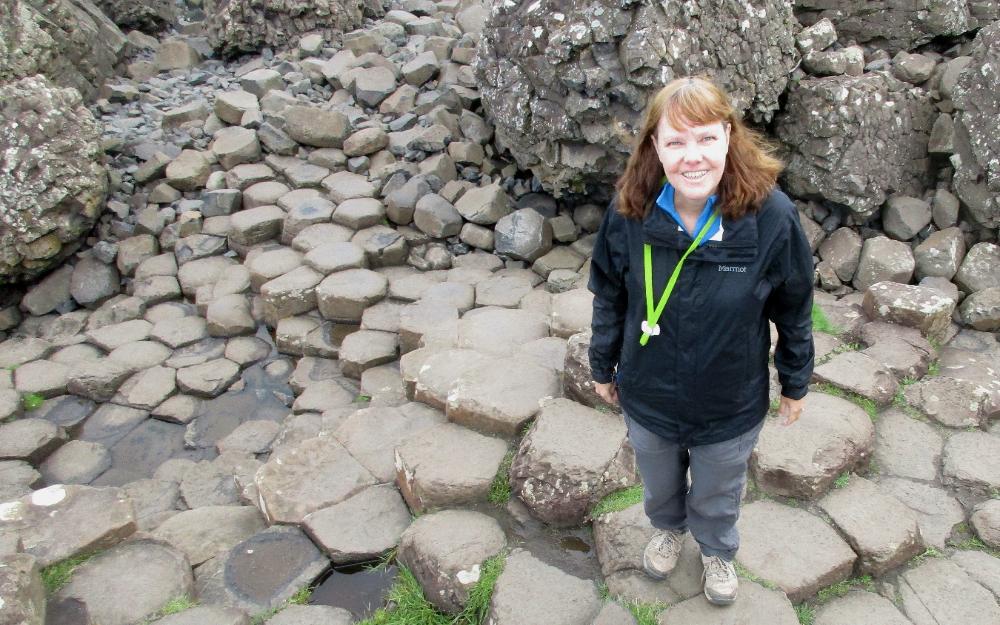
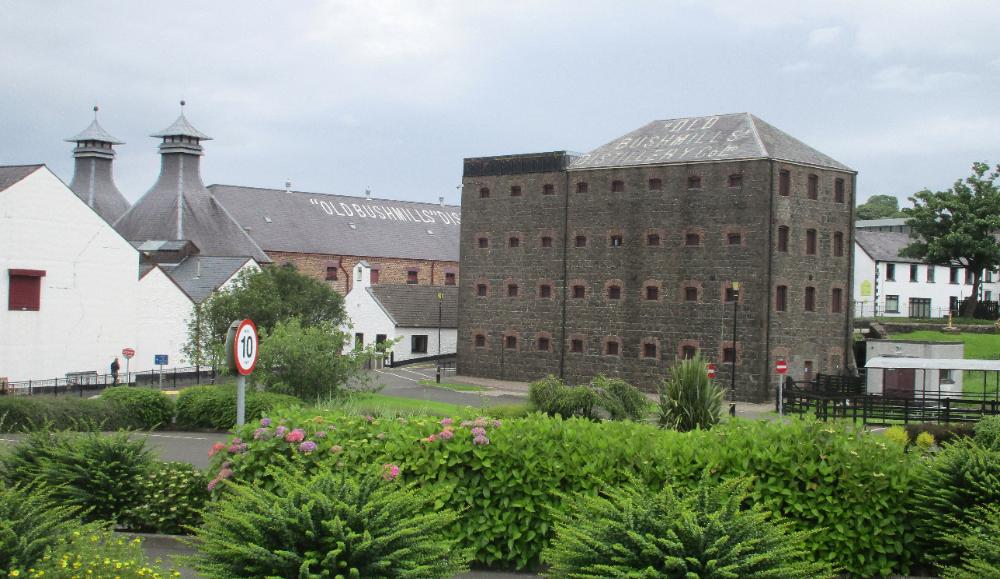
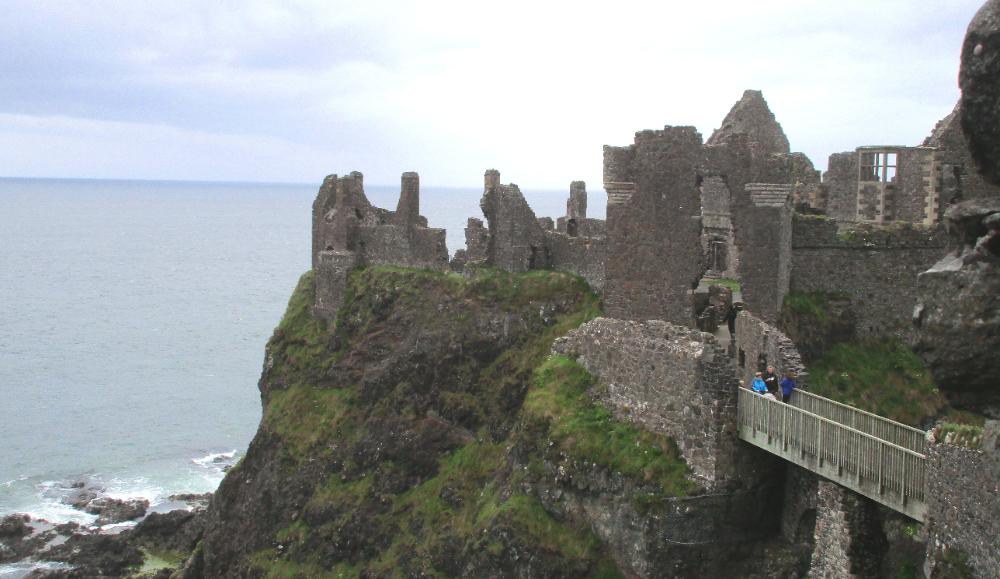
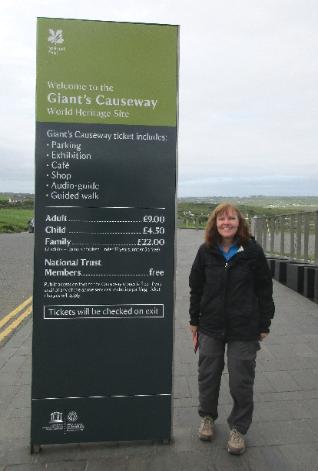
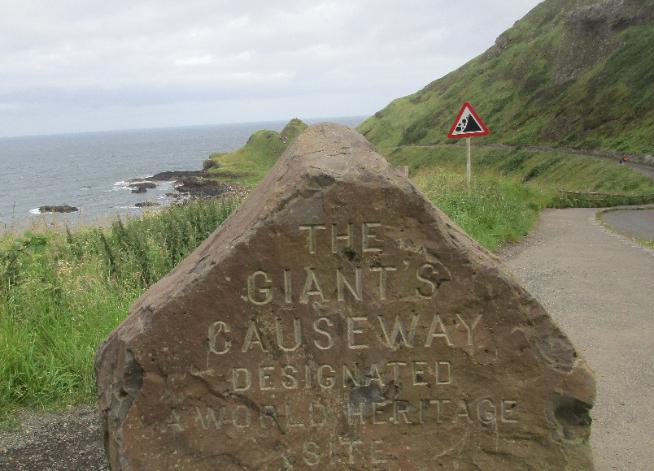
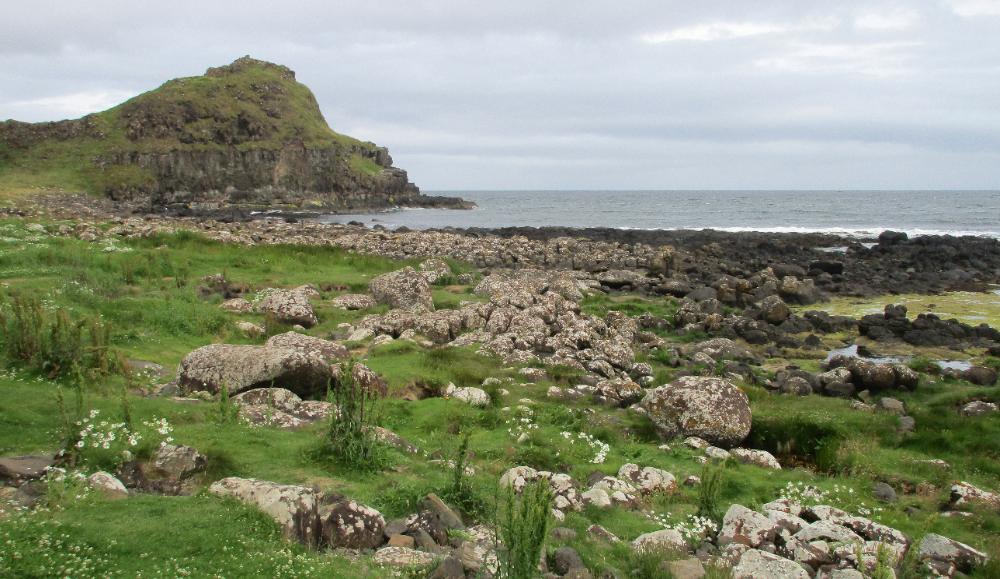
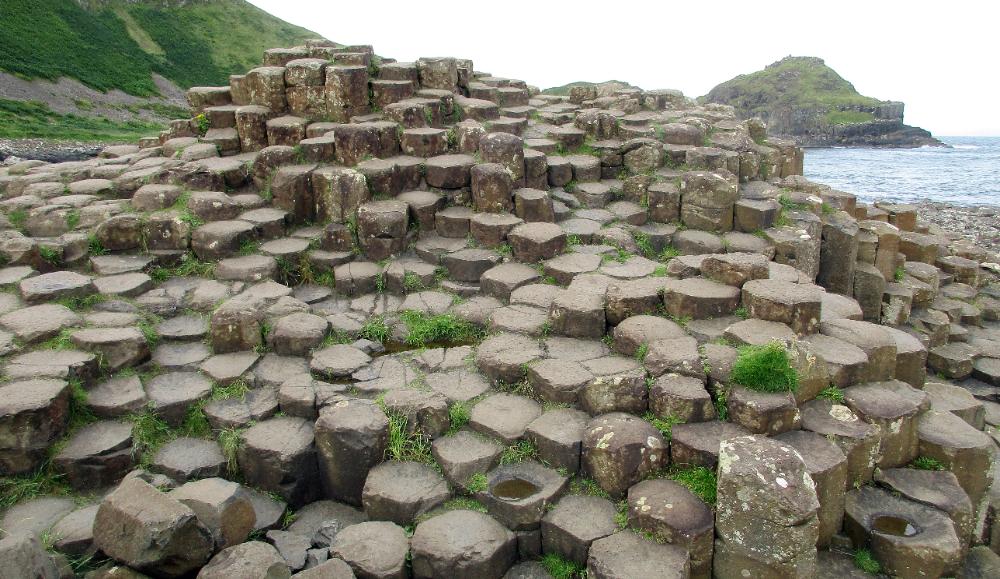
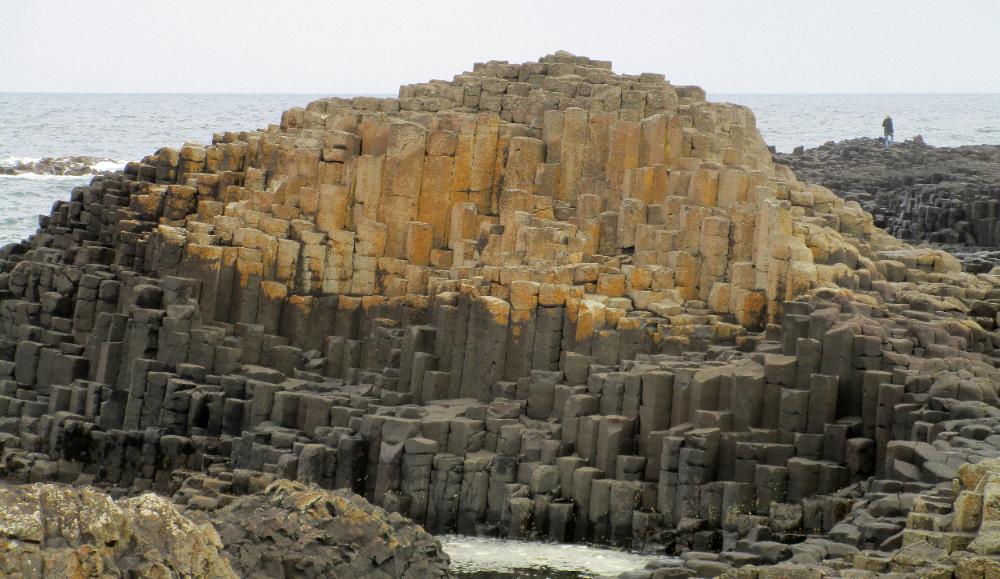
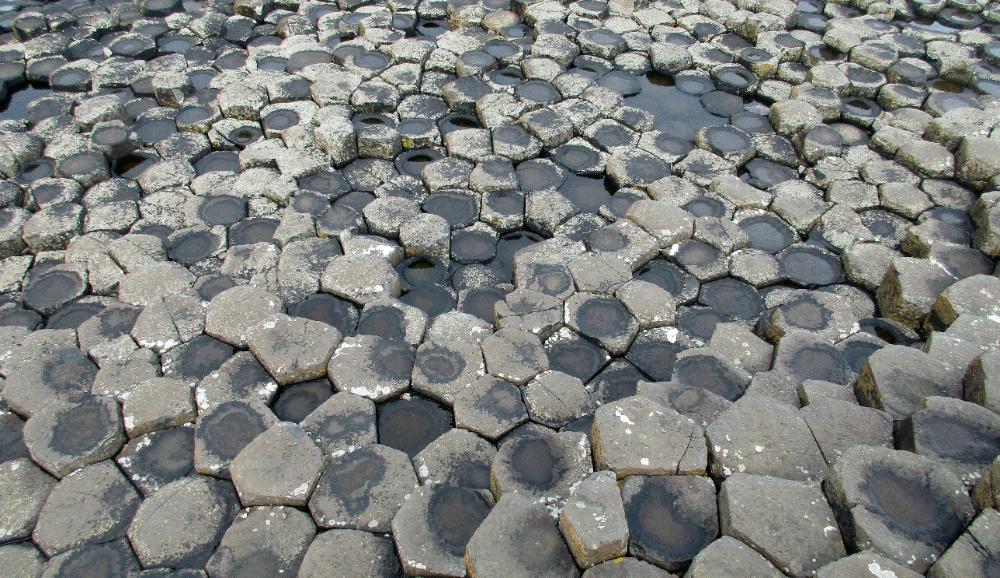
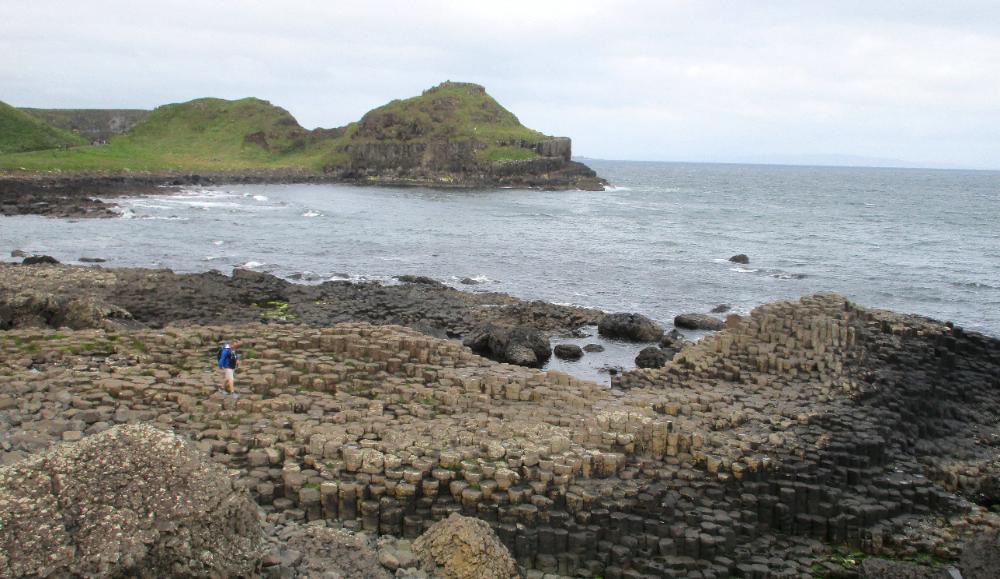
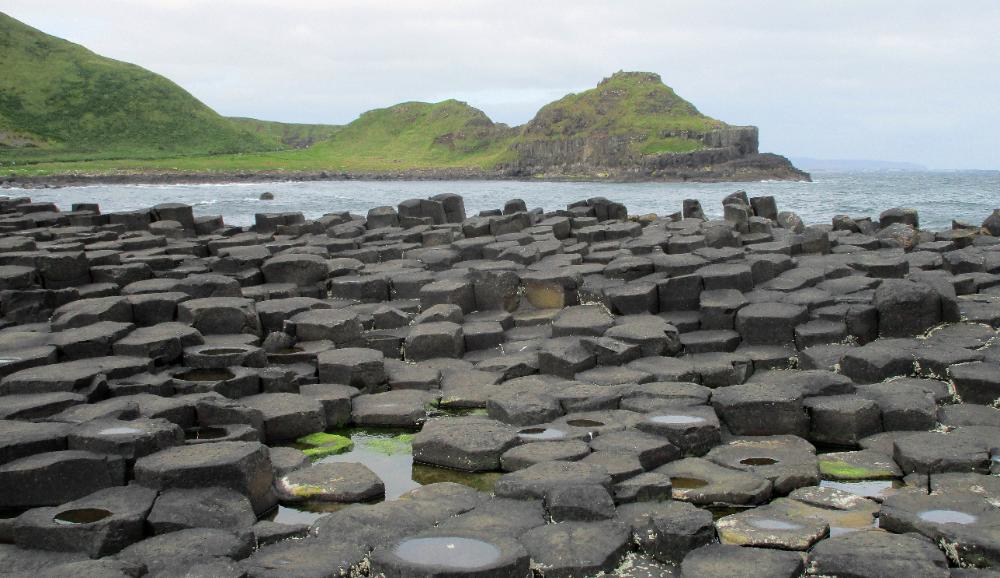
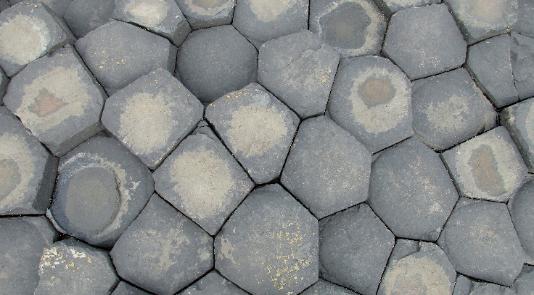
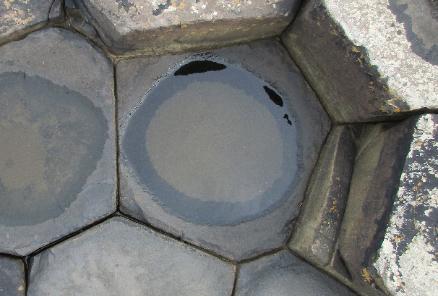
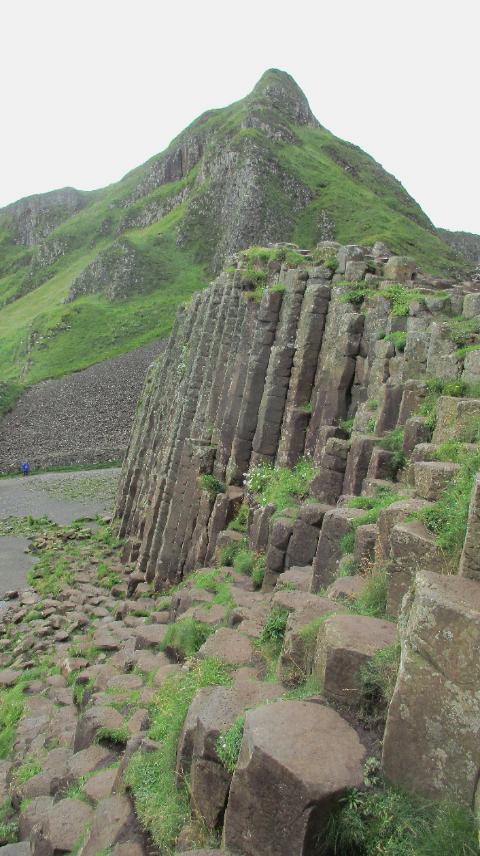
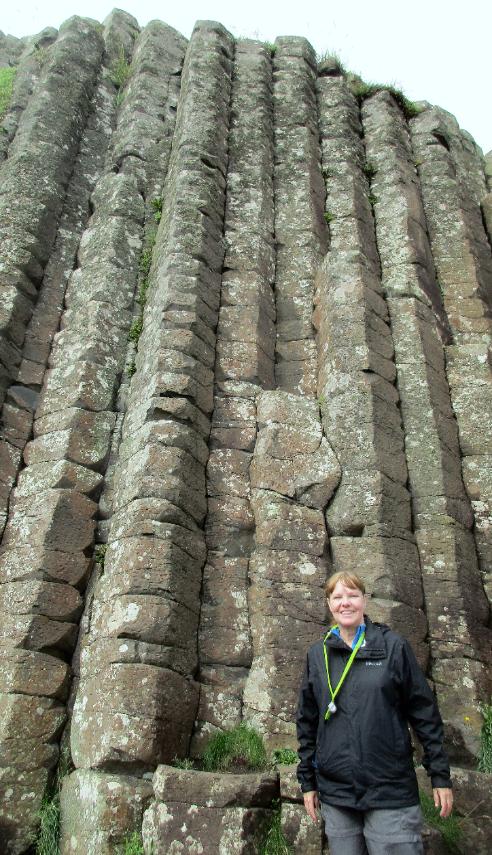
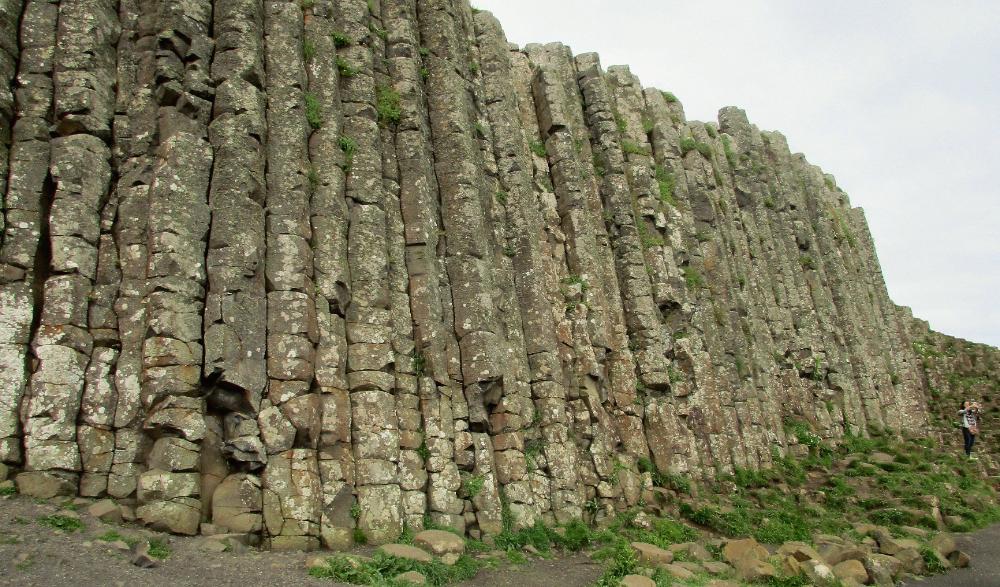
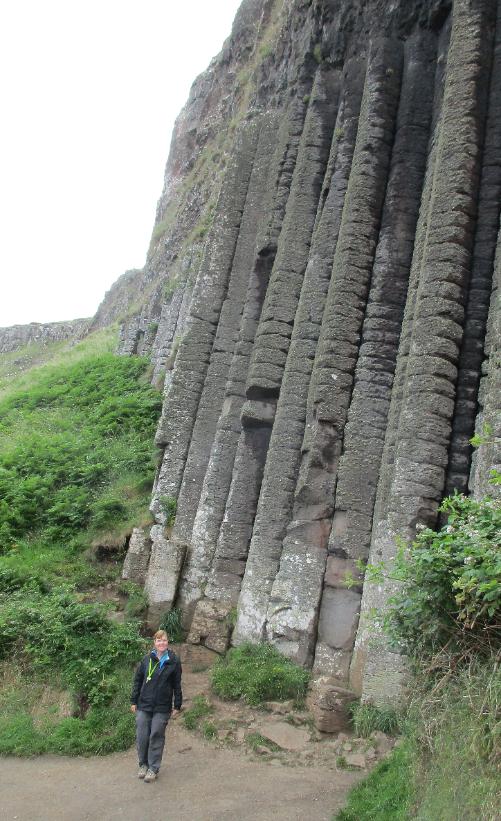
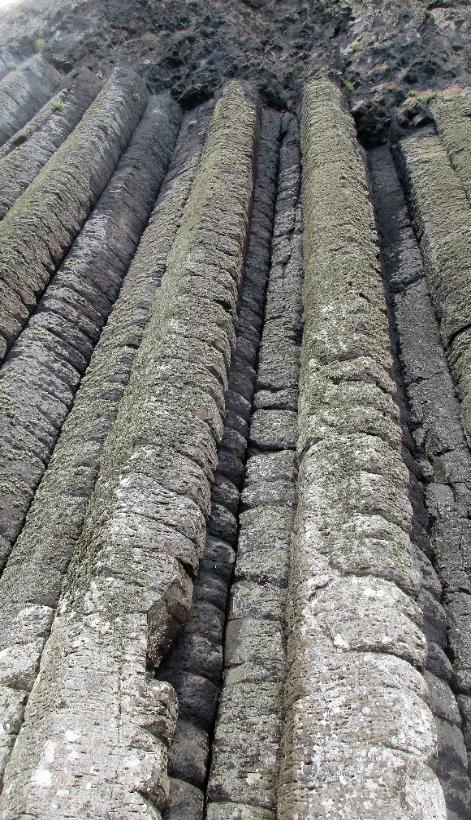
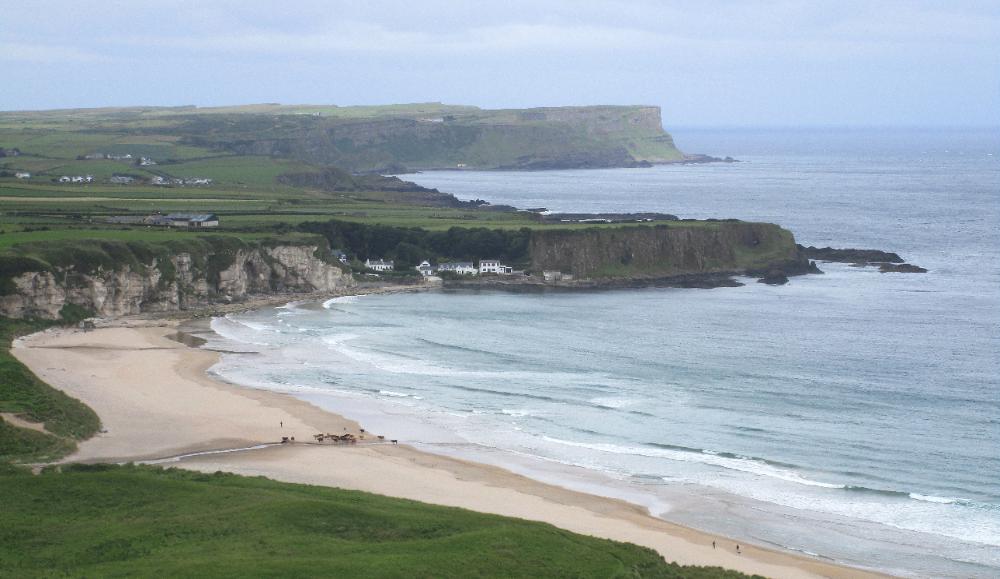
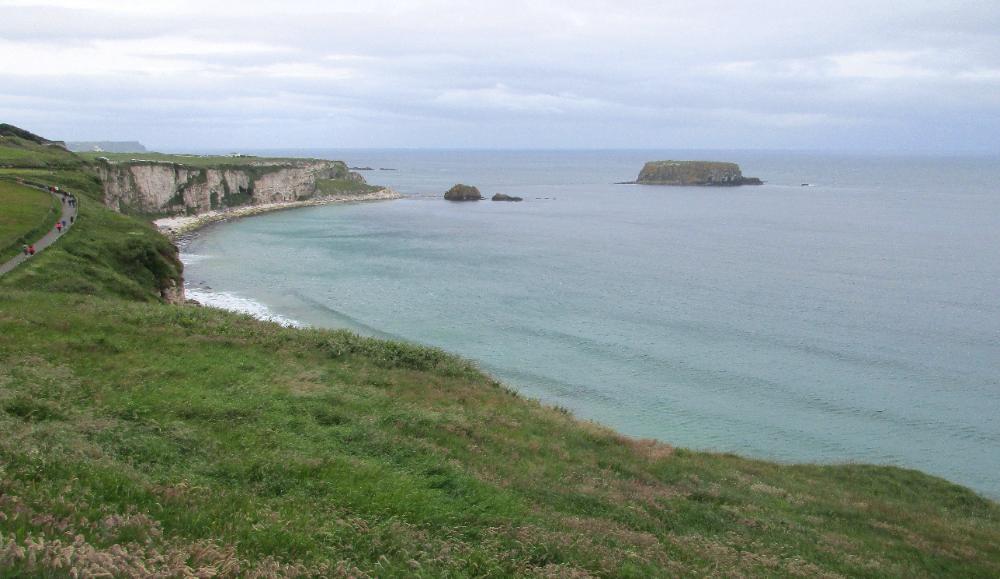
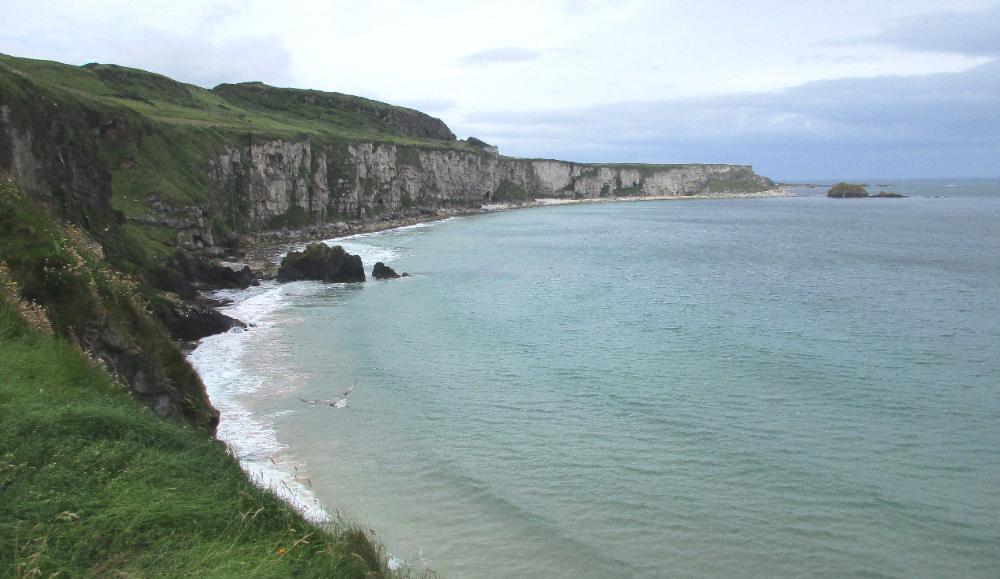
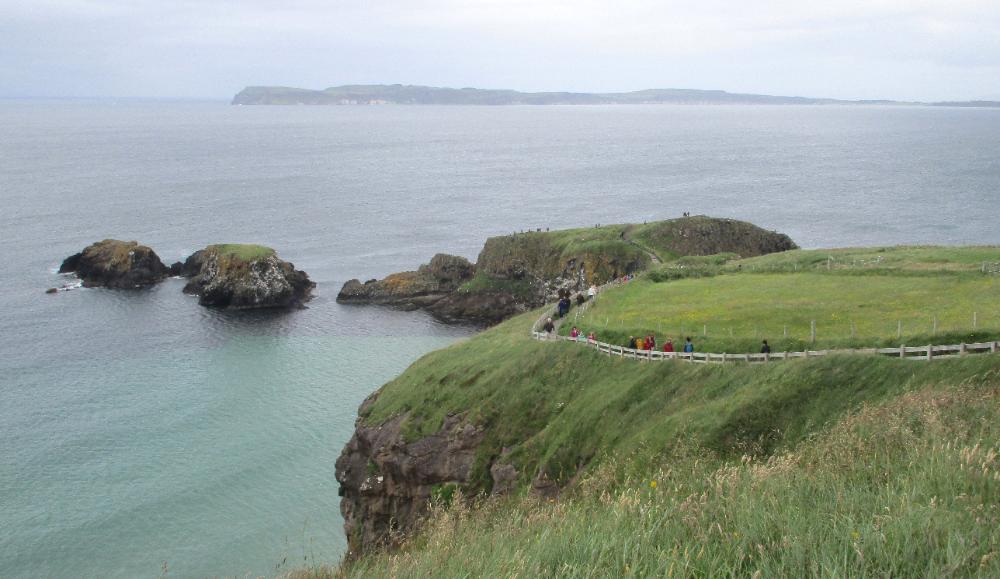
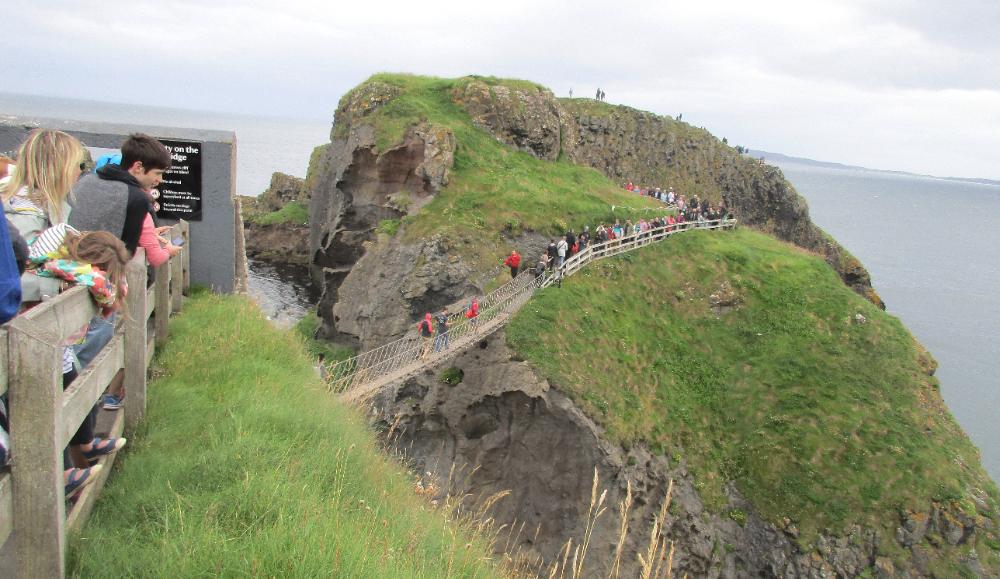
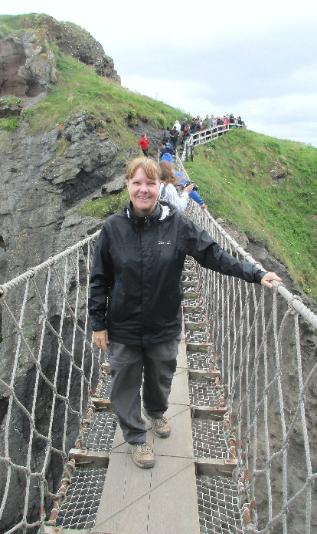
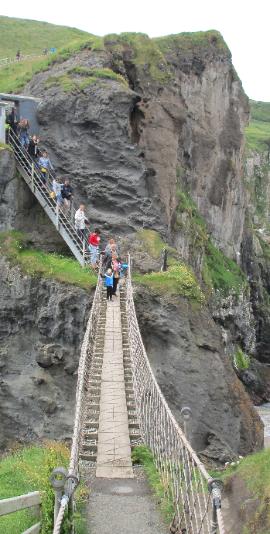
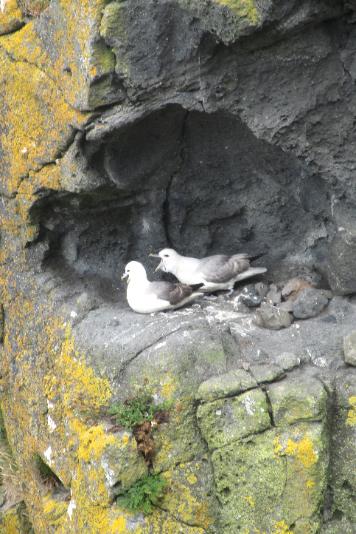
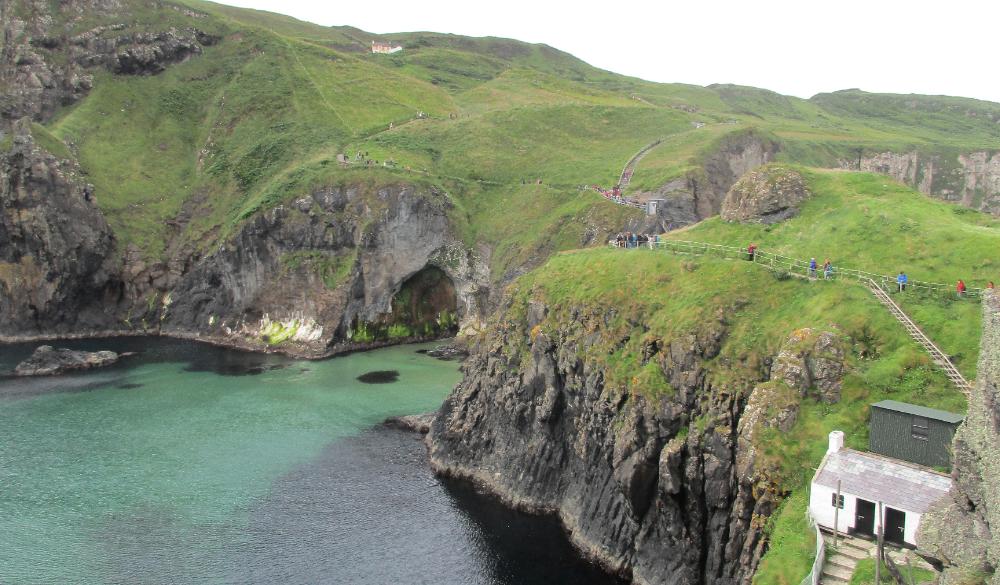
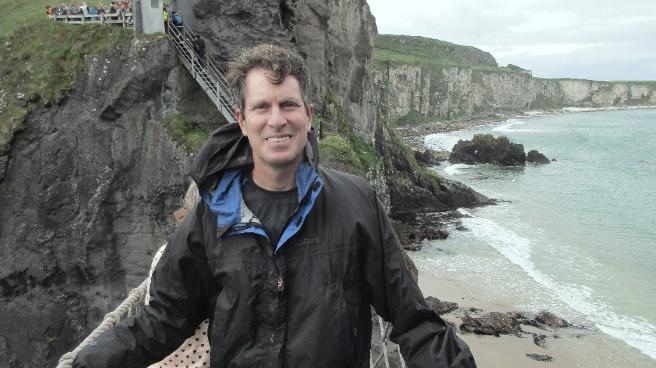
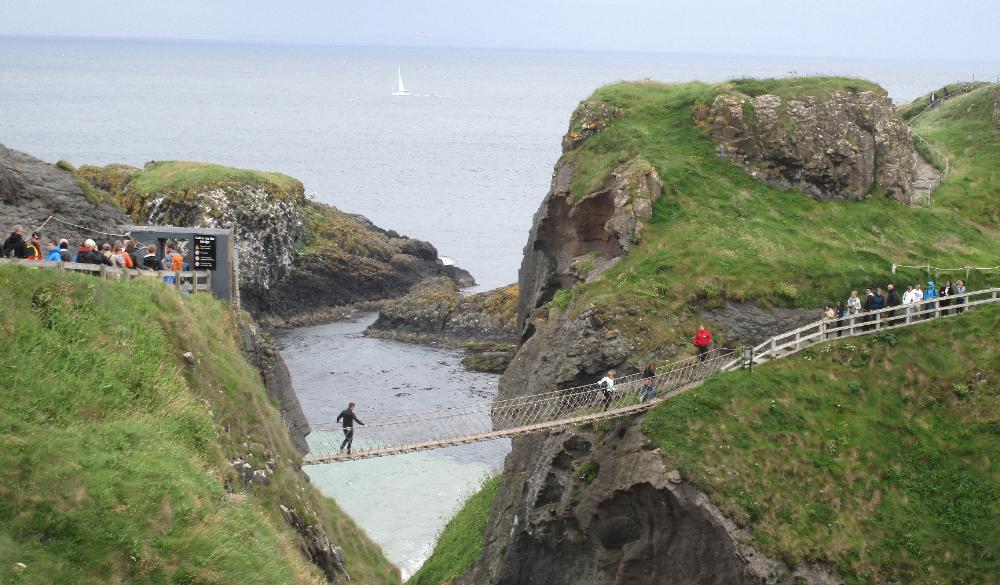
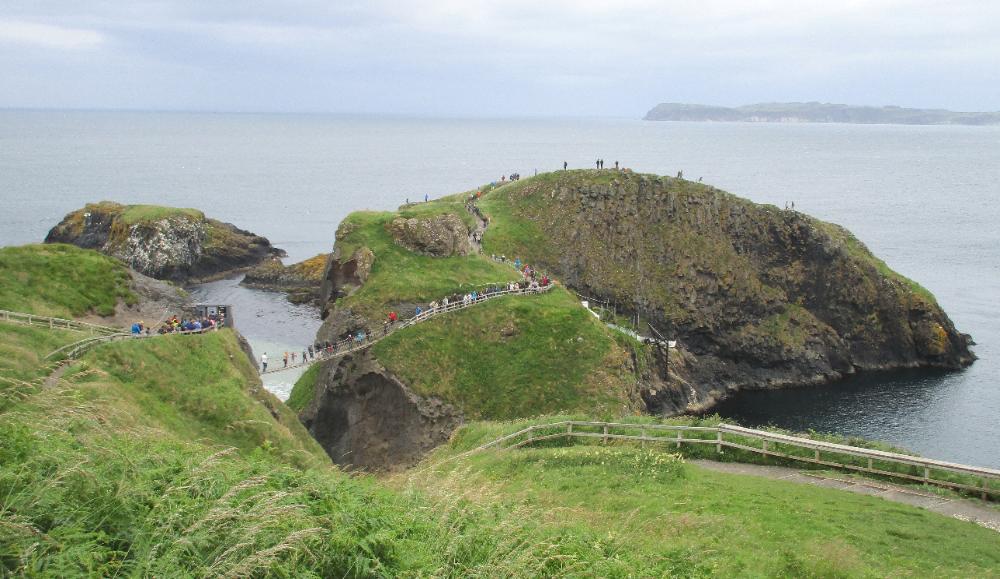
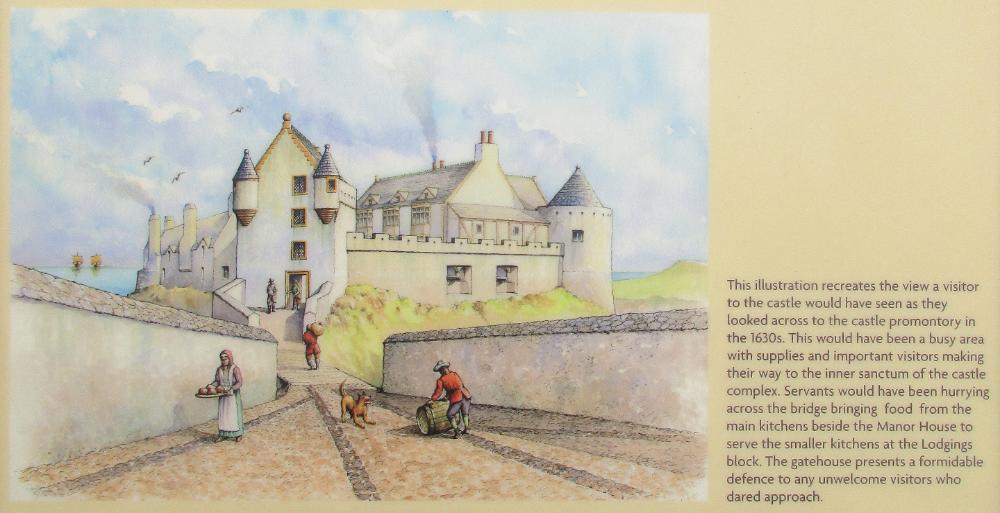
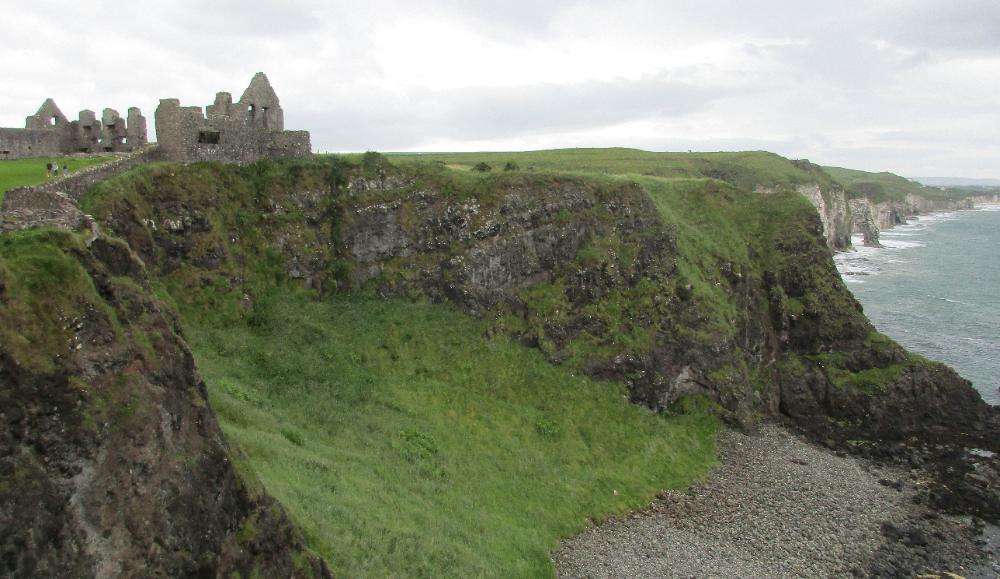
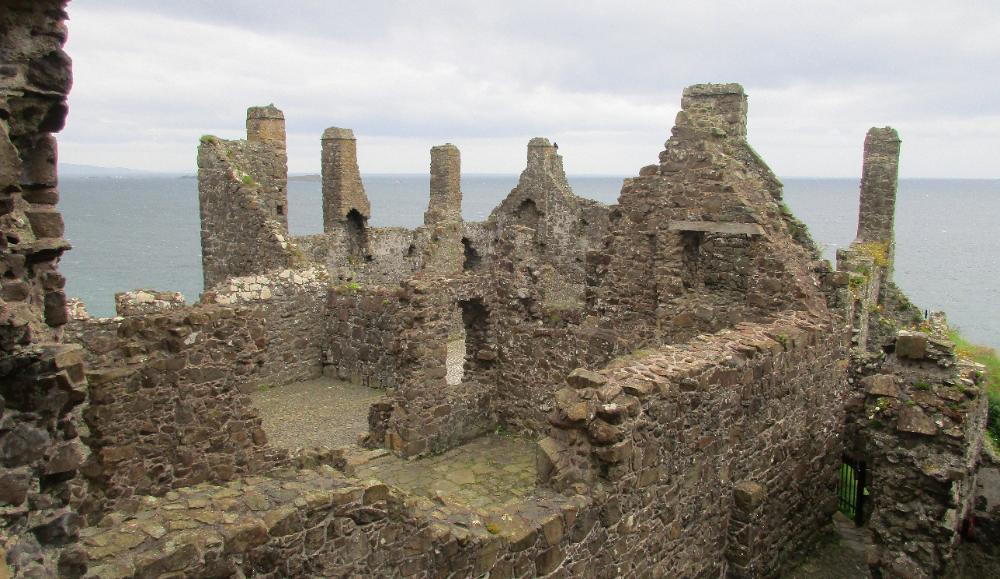
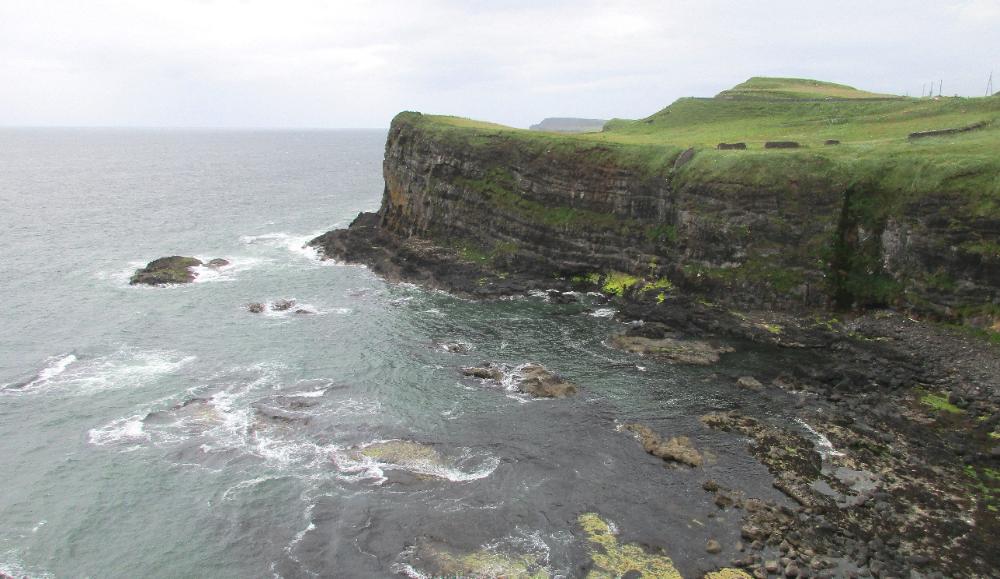
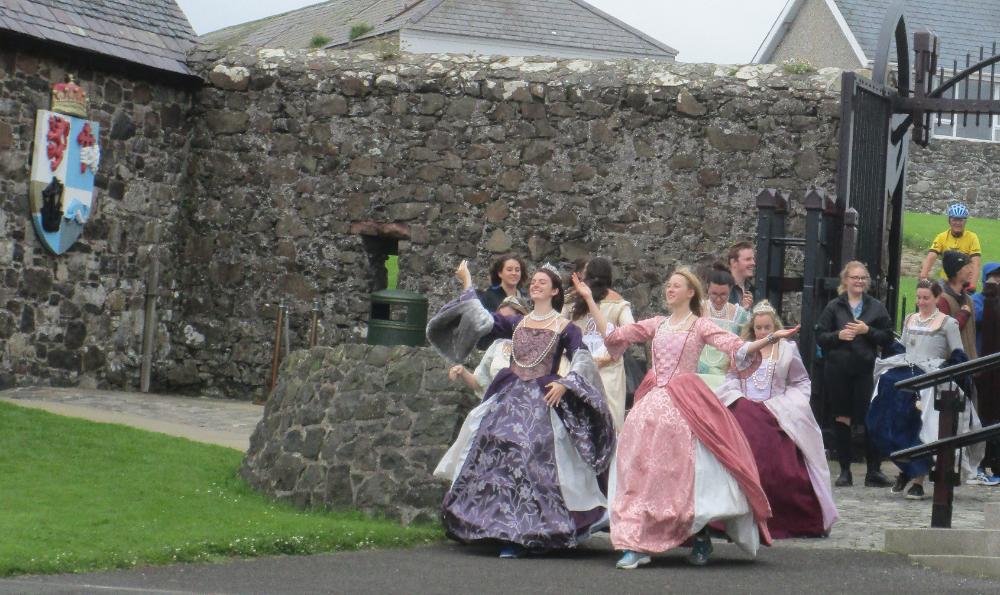
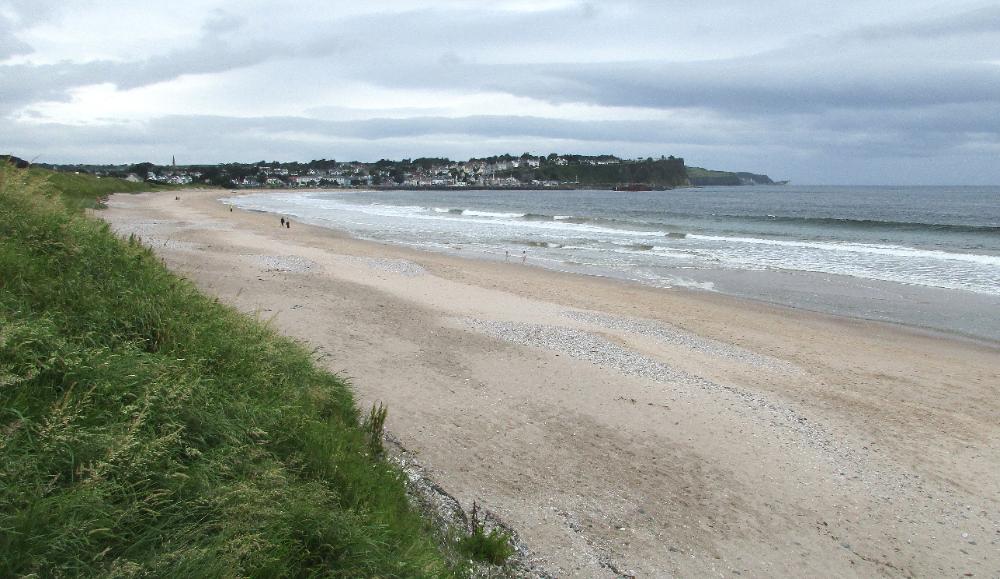
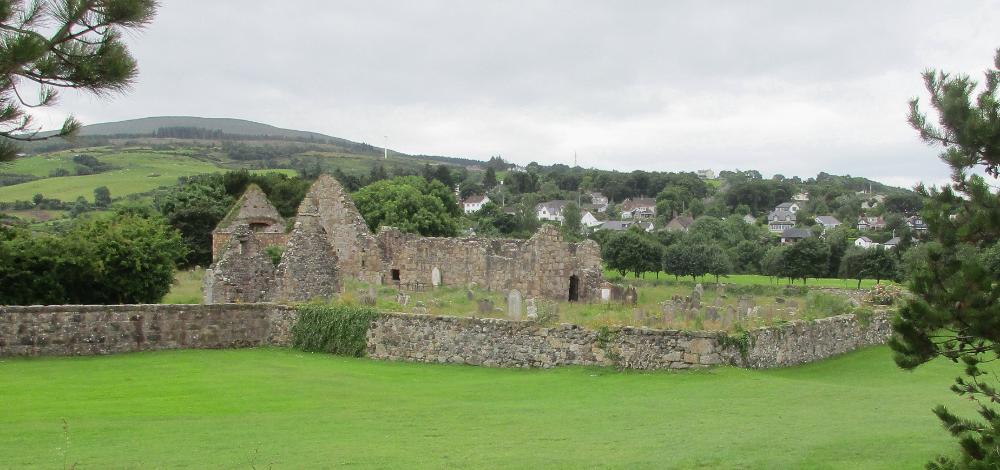
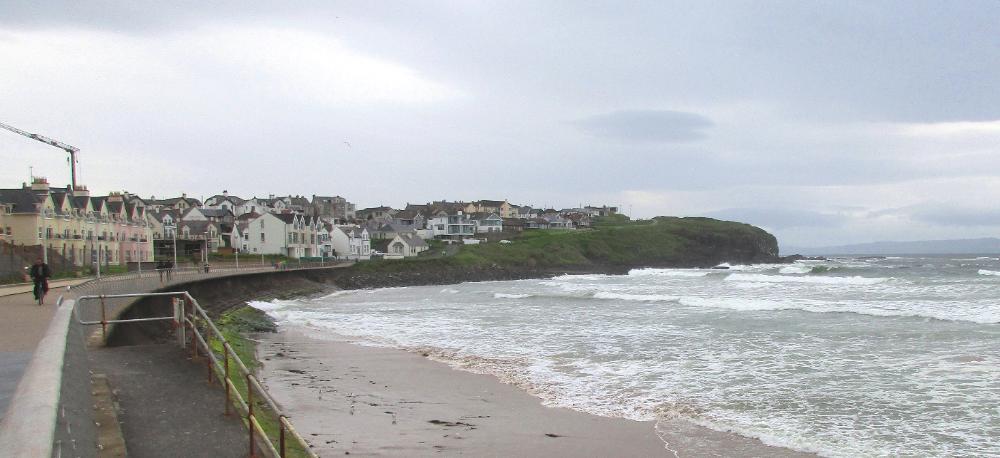
| Antrim Coast, Northern Ireland |
We had one main reason for driving all the way
up to Northern Ireland, and that was to see the
Giant's Causeway. We had a terrific time
wandering around these hexagonal stones and
pillars -- the only UNESCO World Heritage site in
Northern Ireland. They look manmade in their
regularity, but somehow they're nature's work.
We'd have to say the Antrim Coast -- the north
of Northern Ireland -- was definitely worth the
trouble of driving up from Dublin, not only for
the Giant's Causeway but also for the beauty of
the coast itself. We took in a few other sights
along the way, like Carrick-a-Rede Rope Bridge
(₤6) and the ruins of Dunluce Castle (₤5). A few
days here would be ideal; we only had the one.
But that's the nature of a whirlwind tour, and we
knew what we were in for when we decided to
see "all" of Ireland in one week (impossible of
course). By the way, it's okay to rent a car in
Dublin and drive it into Northern Ireland;
there's no checkpoint at present (2016) so you
just drive in on the highway without stopping.
up to Northern Ireland, and that was to see the
Giant's Causeway. We had a terrific time
wandering around these hexagonal stones and
pillars -- the only UNESCO World Heritage site in
Northern Ireland. They look manmade in their
regularity, but somehow they're nature's work.
We'd have to say the Antrim Coast -- the north
of Northern Ireland -- was definitely worth the
trouble of driving up from Dublin, not only for
the Giant's Causeway but also for the beauty of
the coast itself. We took in a few other sights
along the way, like Carrick-a-Rede Rope Bridge
(₤6) and the ruins of Dunluce Castle (₤5). A few
days here would be ideal; we only had the one.
But that's the nature of a whirlwind tour, and we
knew what we were in for when we decided to
see "all" of Ireland in one week (impossible of
course). By the way, it's okay to rent a car in
Dublin and drive it into Northern Ireland;
there's no checkpoint at present (2016) so you
just drive in on the highway without stopping.
| The Giant's Causeway is completely natural, but for a time, back in the 1700s, the prevailing view was that it was created by man |
| The entry fee is ₤9 per adult -- yes, pounds, since Northern Ireland is part of Great Britain. Entry includes parking, access to the state-of-the-art visitor center, and an audio guide. |
| We suggest getting here early when it's still quiet. It makes the walk along this designated "Area of Outstanding Natural Beauty" all the more pleasant. |
| And we were duly impressed! As you can see, most of the columns are hexagonal, though there are some with as few as three and others with as many as eight sides. |
| The first sighting of oddly shaped rocks is always exciting! For decades this place has been on our bucket list. |
| The colors of this particular outcropping are magnificent. You can see why early explorers thought this might be the work of men using picks and shovels. |
| There are said to be some 40,000 interlocking black basalt columns here |
| We now know the columns are volcanic in origin. Geologists tell us that some 60 million years ago, molten rock forced its way up through fissures, forming a big lava plateau. The rapidly cooling lava contracted like drying mud, with the cracks propagating downward, resulting in the pillars we see today. |
| Or, if you prefer the local legend, they were created by a giant named Finn McCool as stepping-stones to Scotland |
| Nature's paving stones -- pretty amazing |
| We made a quick stop at Old Bushmills Distillery, the oldest working distillery in Ireland. We took photos but no whisky -- driving on the wrong side of the road is hard enough as it is! |
| One of the things we love about Ireland is coming across medieval ruins willy-nilly, scattered abundantly across the countryside and largely ignored by all but us |
| We also briefly visited Ballycastle Beach, but it was blustery and cold for July so we didn't stay long |
| We ended our long day of touring in Portrush. As we walked to dinner along the promenade, we got to see lovely East Strand Beach. |
| As you keep walking, you come to another fantastic formation known as the Giant's Gate |
| The person standing next to the Giant's Gate shows just how tall these columns are |
| This is the Giant's Boot. The audio guide tells quite a funny story about Finn McCool's encounter with an even bigger giant from Scotland, which explains why the Causeway was made then unmade. |
| The Giant's Organ looks similar to the Giant's Gate but the columns are even taller. Longer walks continue from here, but this is as far as we went. |
| Our next stop was Carrick-A-Rede (₤6), only 15 minutes away by car. More than half the pleasure of a visit here is the spectacular coastal scenery. |
| Looking out into the bay, we could see this beautiful island colored orange and green |
| Here we're looking back the way we came. We walked a fair distance from the parking lot to the rope bridge -- but really the walking is so pleasant you won't mind much. |
| As we neared the bridge, we looked back for one more view, with the cliff face now fully visible |
| Looking ahead, we got our first glimpse of the tiny island of Carrickarede, which looks like it's jutting out from the mainland in this photo |
| Eventually we reached a line of people waiting to cross. From here we could see the rope bridge for the first time. |
| Unless you have a real fear of heights, crossing the bridge isn't particularly scary -- except for the guy behind us who deliberately stomped on it to make it sway! |
| The bridge offers access to a lovely island with good views in all directions. Here's the view looking back towards the mainland and to the left. At water level you can see a gigantic sea cave. |
| The rope bridge used to be more rickety -- back in the 1970s it had only one handrail and large gaps between the slats! |
| The rope bridge spans 65 feet (20 m) and is about 100 feet (30 m) above the rocks below. Mostly this tourist attraction is a great excuse to get out and enjoy the coastal scenery. |
| Compare this photo to the one above to get an idea of what the ruins would have looked like in medieval times |
| The ruins of Dunluce Castle (₤5) are highly photogenic, perched as they are on the edge of a cliff |
| Dunluce Castle has since been used as the location for House Greyjoy in "Game of Thrones" |
| Tales tell of how the castle kitchens fell into the sea one stormy night in 1639! |
| What a dramatic location for an Irish castle. It really showcases the terrific views available along the Antrim Coast. |
| It seems you can also play dress-up here: by chance we saw this regal party arriving just as we were leaving |
| Giant's Causeway |
| Carrick-a-Rede Rope Bridge |
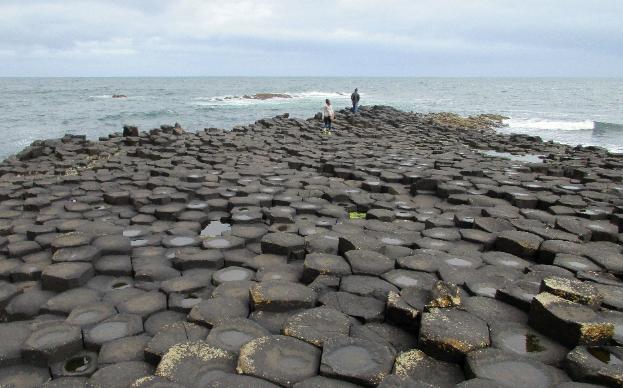
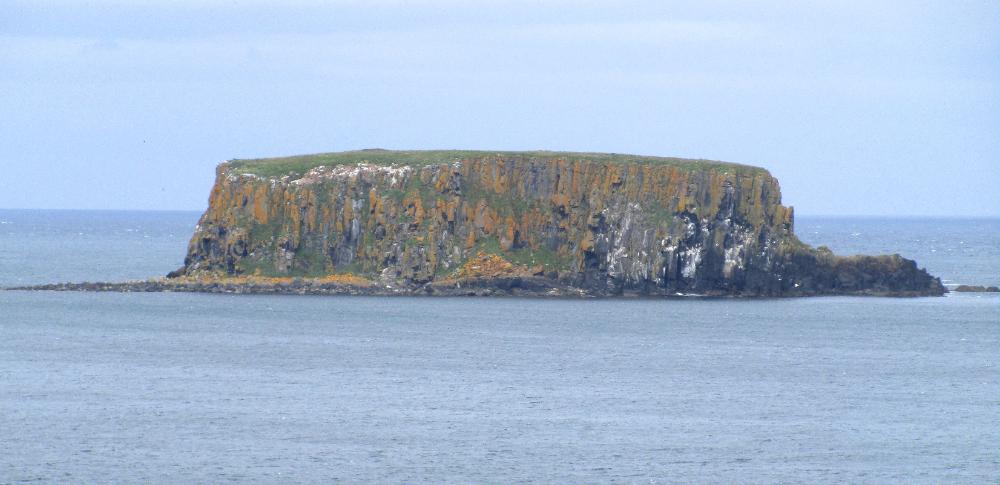
| Dunluce Castle |
| Antrim Coast -- A Few Other Sights |
| Weathering created these circular rings |
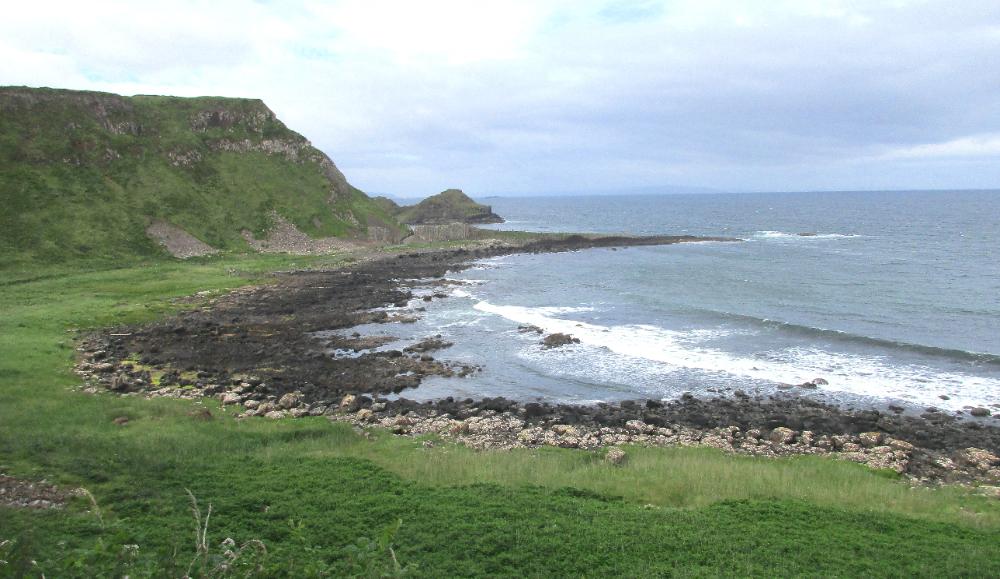
| We walked as far as the Giant's Organ (shown below). This required some uphill climbing, but the views looking back over the Causeway made it worthwhile. |
| Hmmm, seems like a few more than eight, but who's counting? |
